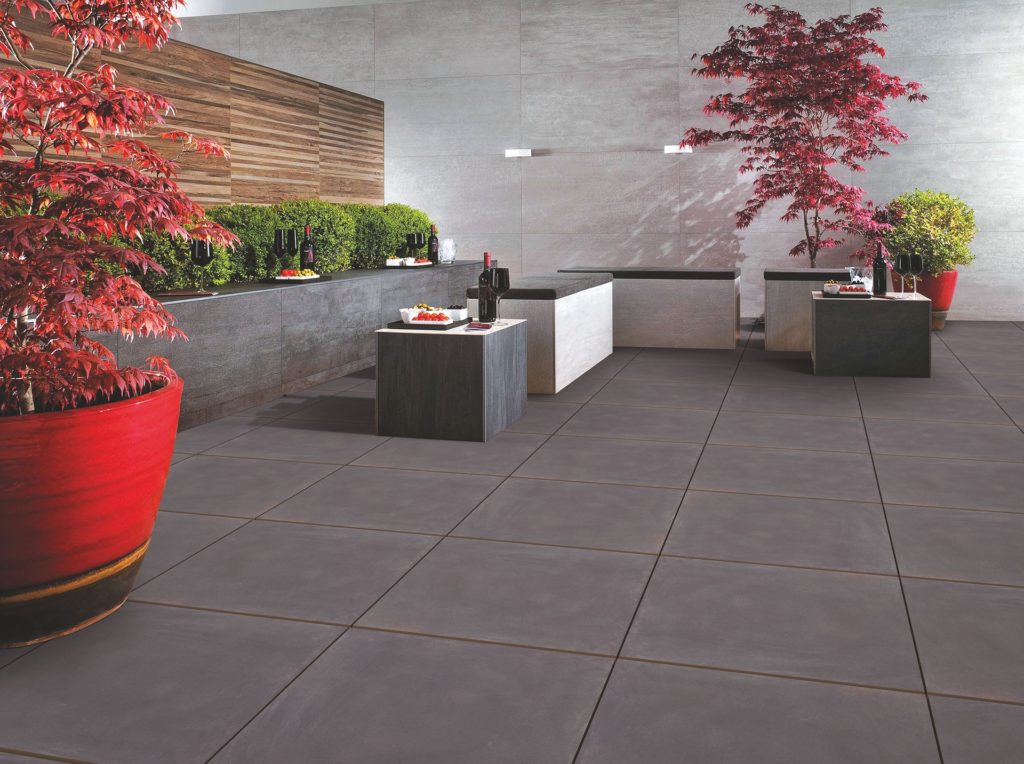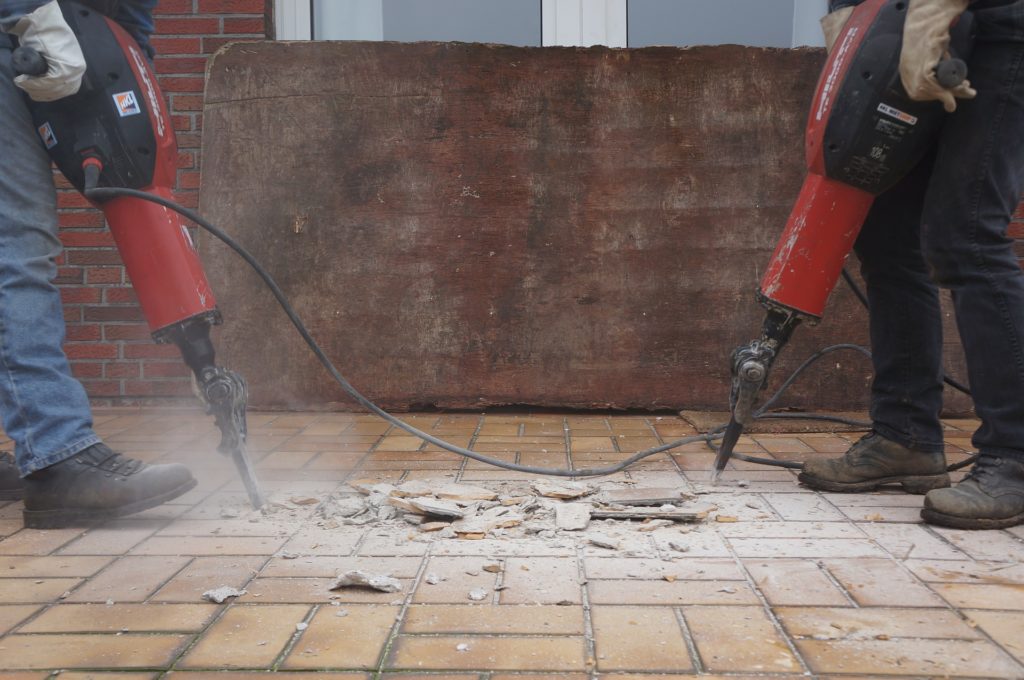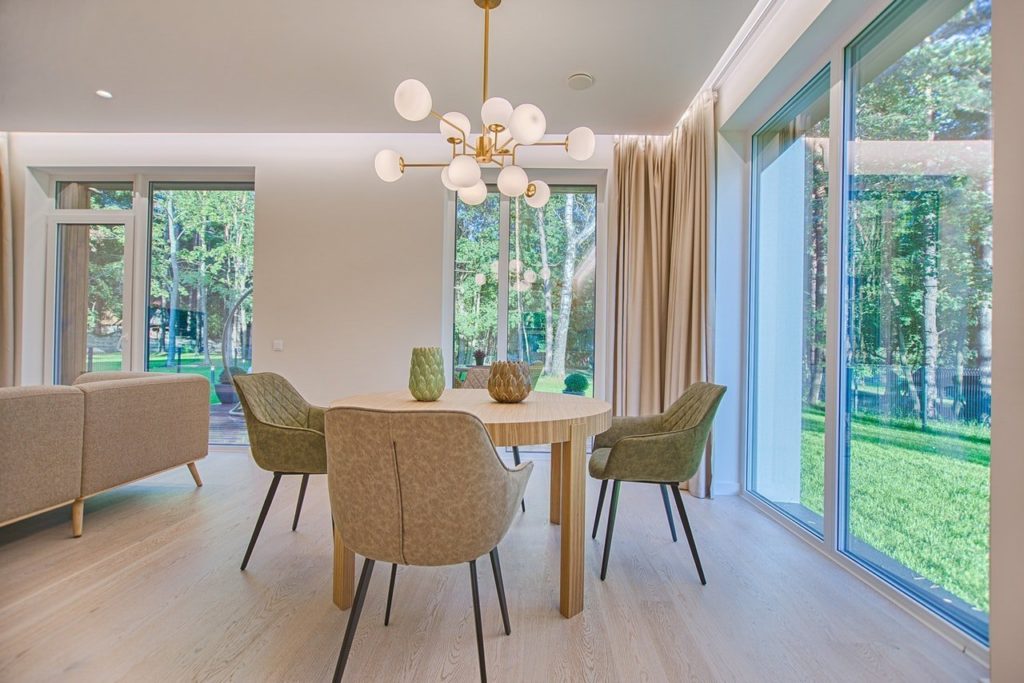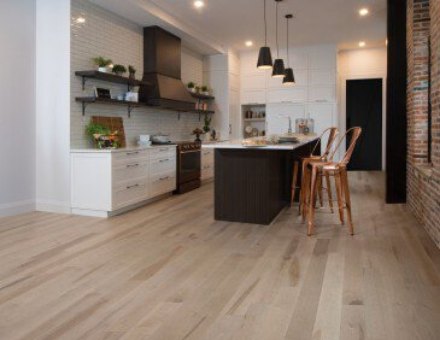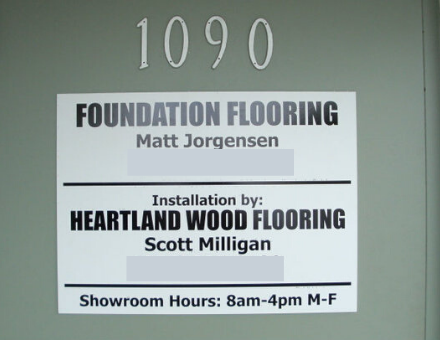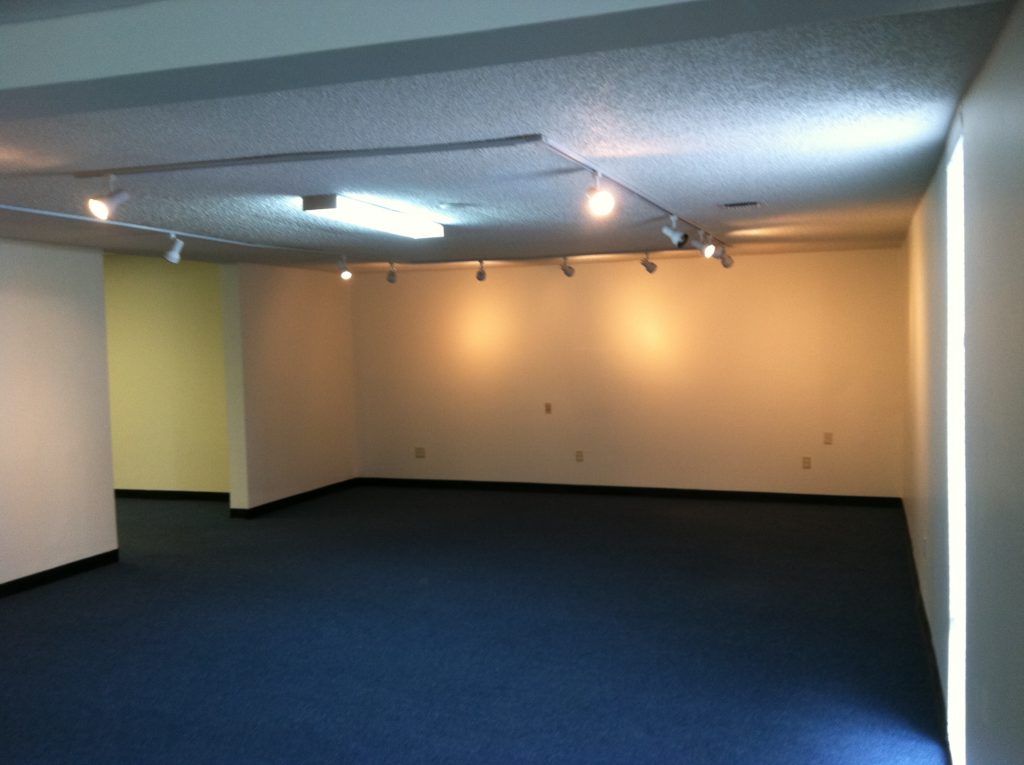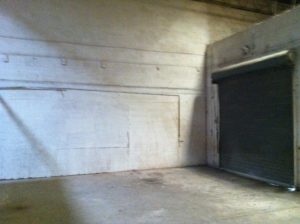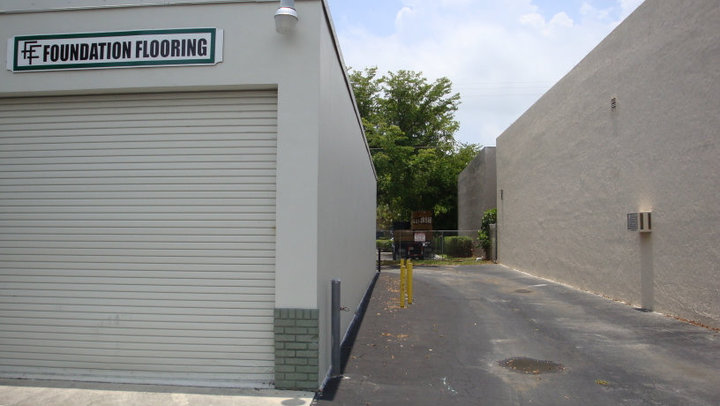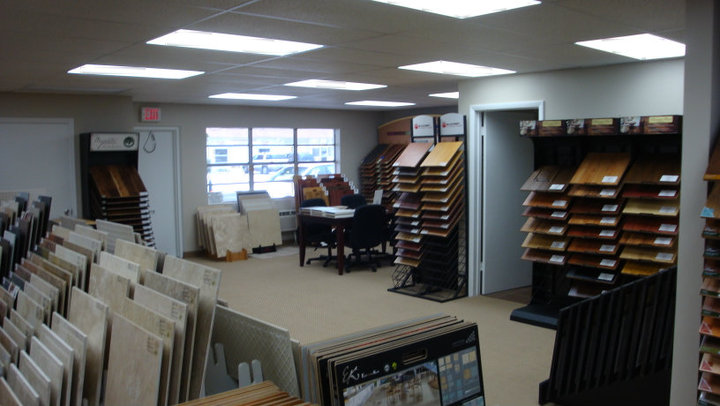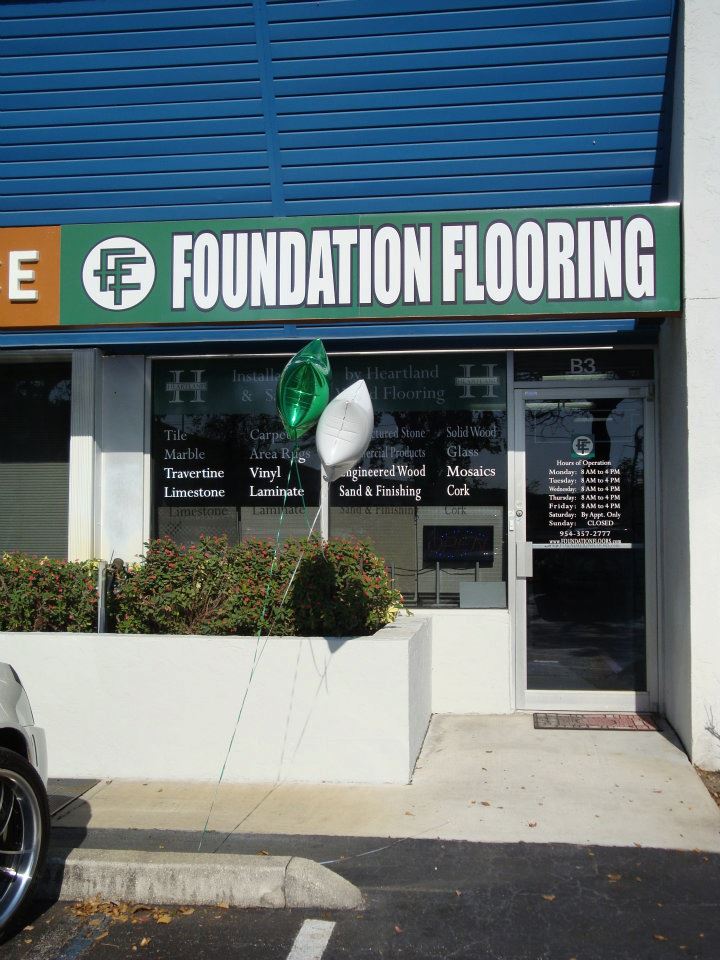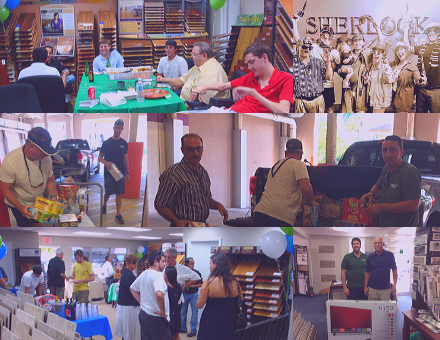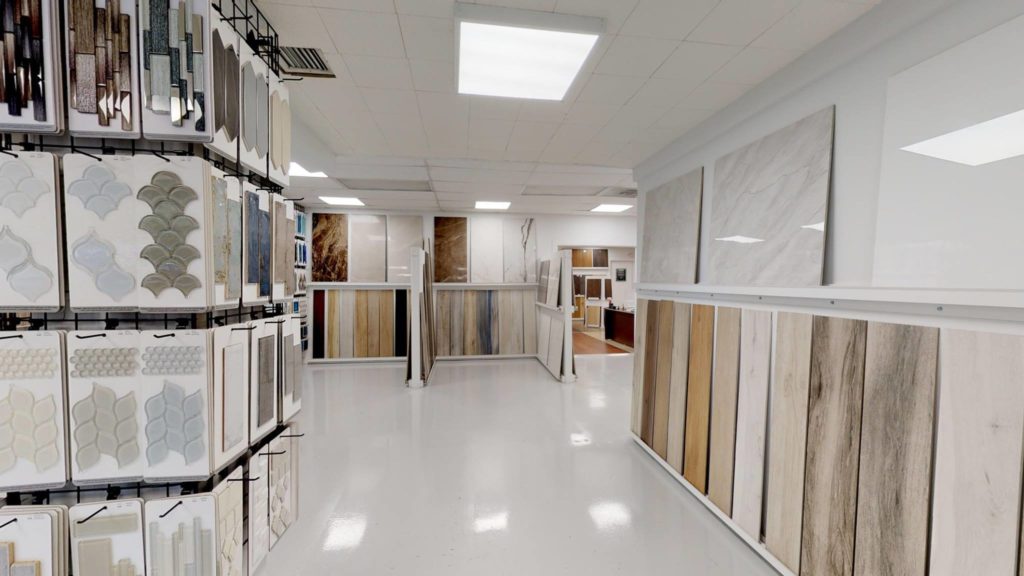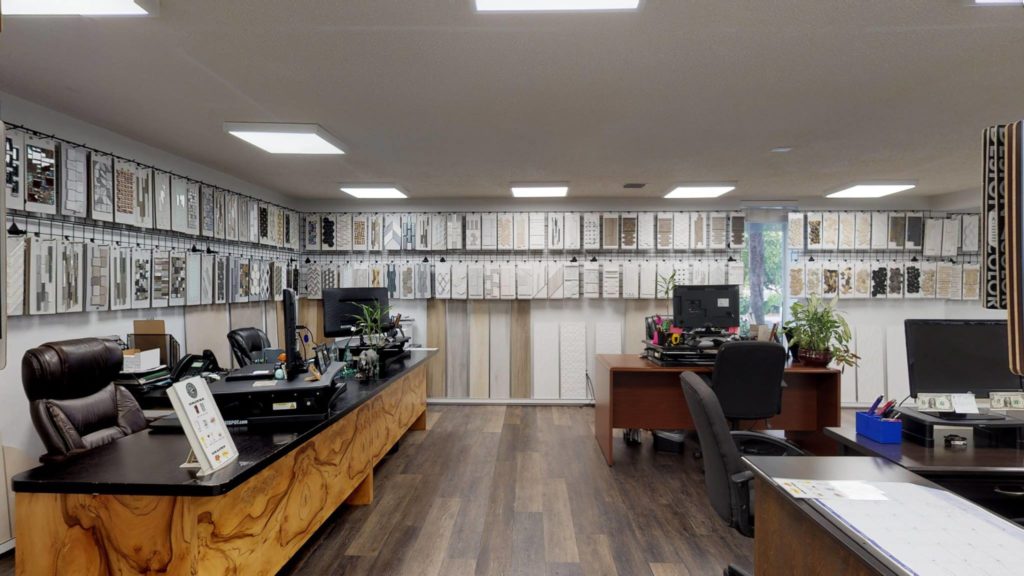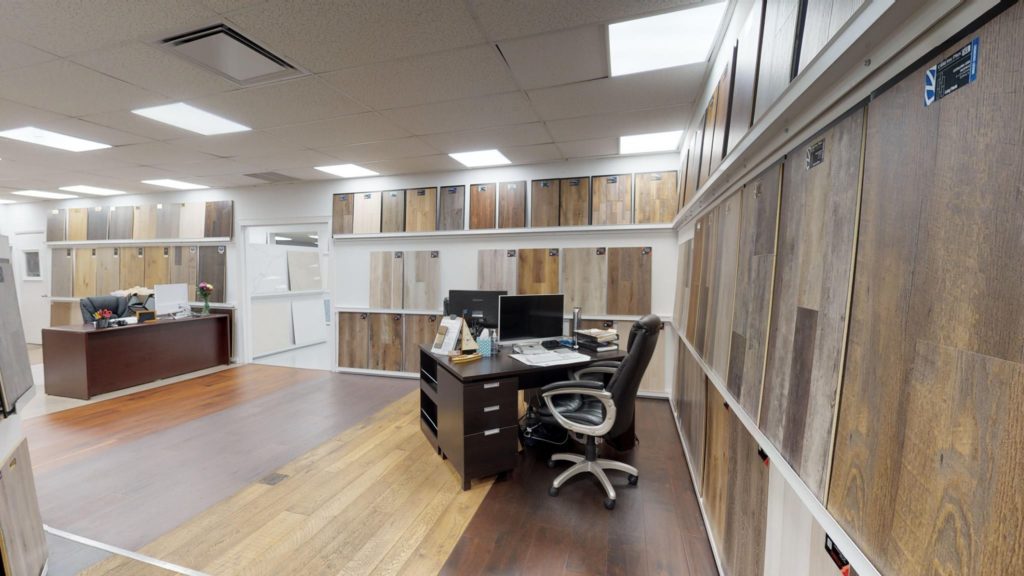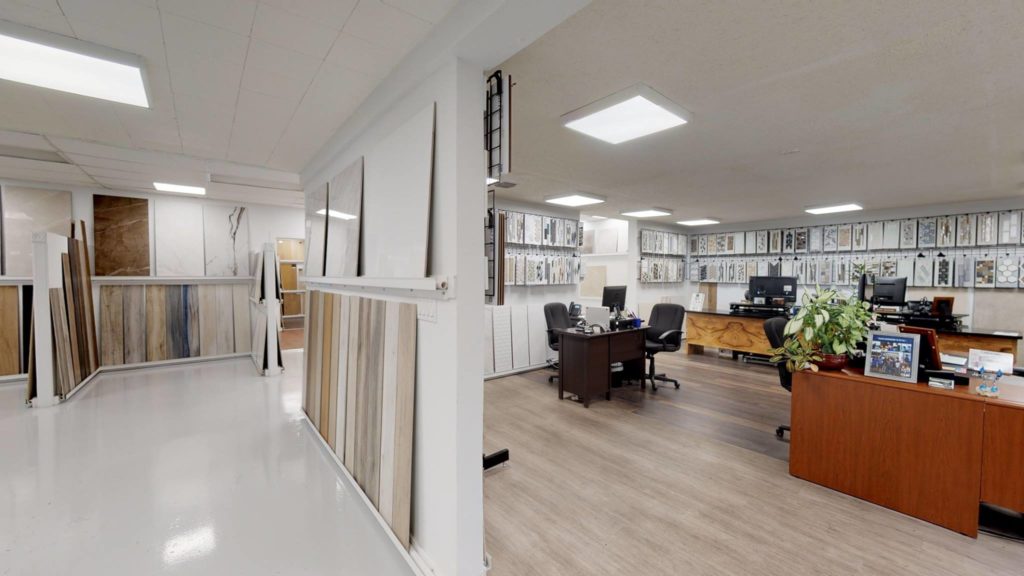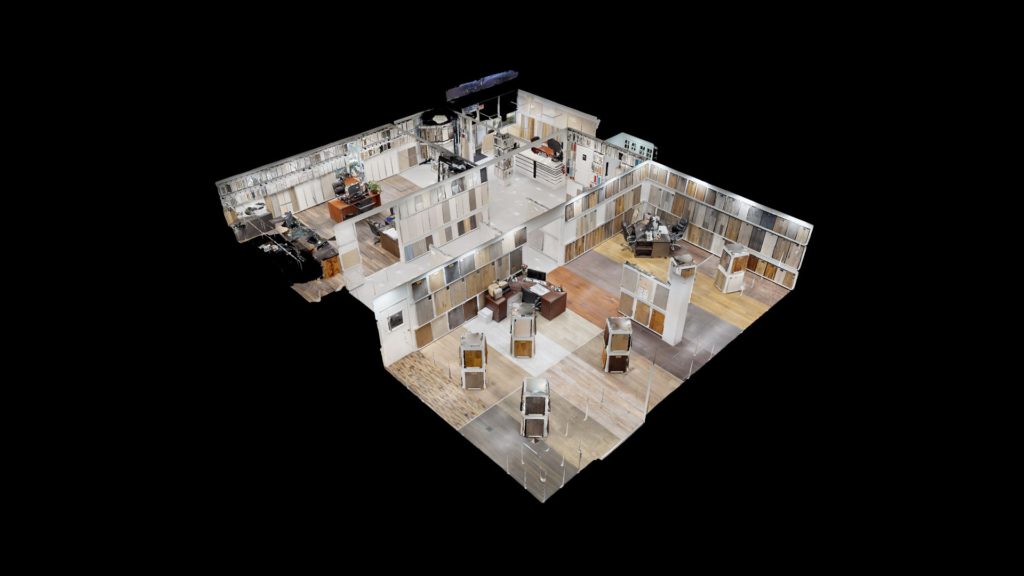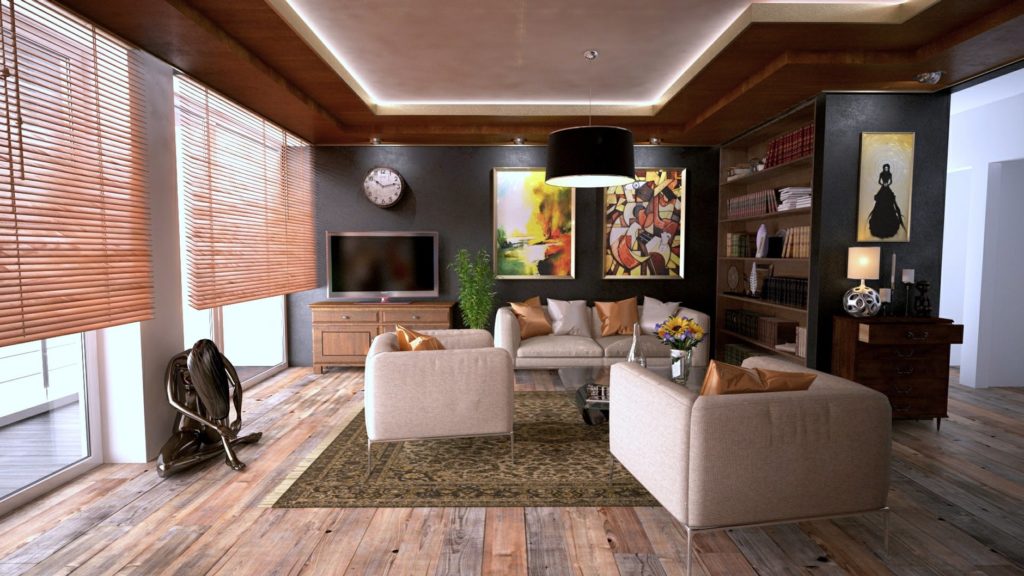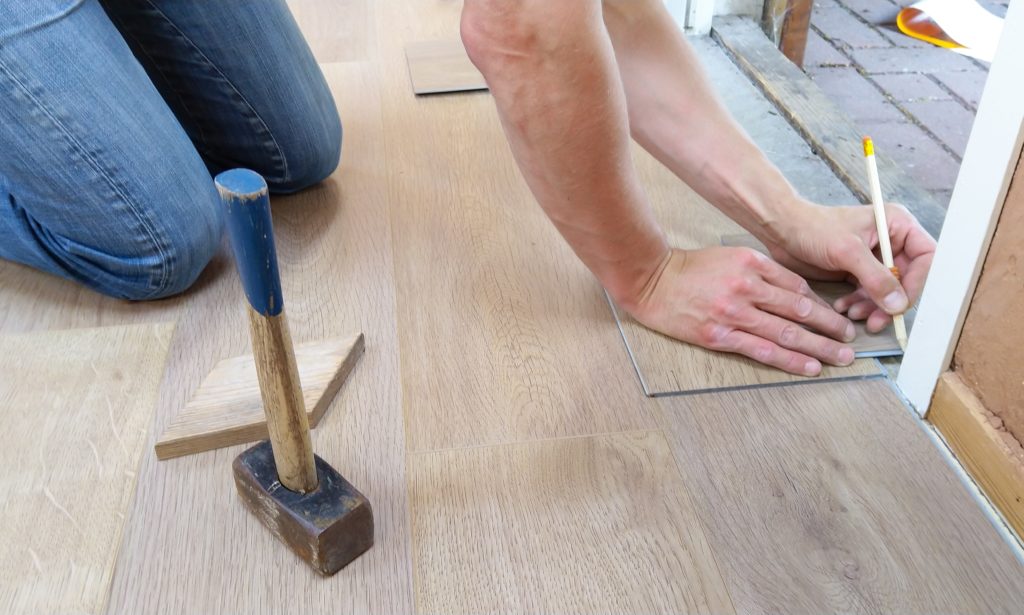
When thinking about flooring, the biggest factor to consider is the installation. It costs time and money. Because of this, many homeowners understandably consider doing the installation themselves.
However, there are intricacies to installation that can cost you more time and money, if you’ve done it incorrectly. There are methods only specific to certain flooring types, different tools and materials to be used, and different learning curves for each.
Let’s look at 3 examples of flooring methods and see which one is best for you.
Ceramic/Porcelain Tile Flooring Installation
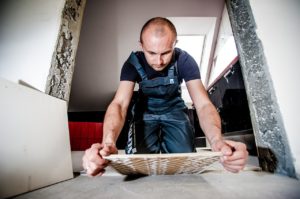
Ceramic and Porcelain tiles are very unique to other types of flooring, especially on installation. While other installation methods can be applied to other flooring materials, the ceramic and porcelain tile installation method cannot be applied to anything else.
For porcelain and ceramic tile floors, we use tile adhesives called thin-sets and mudsets. These are almost made from the same materials but each one is used for different tile sizes.
The thin-set is used on smaller tiles and mudset is used for much larger tiles, typically 32” by 32”, or 36” by 36” and larger.
Another use-case for mudsets is if you want your floor to be a little bit higher. Using mudsets can make your floor higher by an inch or up to an inch and a half.
Thin-set and mudset installation are the most expensive, the most labor-intensive, and the most difficult to learn.
They need more materials and specific tools that are not that cheap. Another factor that adds to cost, time, and complexity are the requisite of having perfectly level subfloors. In some cases, demolition work is needed to have the right level and type of subfloor.
Floating Installation
This method of installation is applicable for hardwood, vinyl, and laminate flooring. It’s called the floating method because the materials are essentially floating above the existing floor. It’s not bound by any nails, screws, or adhesives.
Speaking of adhesives, you also rarely need any adhesive to stick these materials together. They have tongues and grooves that snap when joined together. It’s very easy to do and it gives a sleek, seamless look.
The floating method is the best method if you want to install the floors yourself. It’s also the cheapest.
It requires only a small amount of tools, which may already be in your toolbox, and the materials required to finish installation are among the cheapest there is.
Glue-down Installation
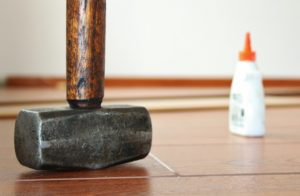
Wood floors can have many installation options. They can be installed floating or they can be glued-down. But gluing down flooring materials isn’t just applicable to make the floor adhere to the ground.
Let’s take cork flooring as an example. It can be used as a soundproofing material. If you have a plywood subfloor upstairs, you can glue down a quarter-inch to a half-inch cork material first. This would give a better sound underfoot and it’s also gonna give a little bit of a softer feel when you walk on it.
Then if you don’t like the look of a cork floor, you can just glue down a wood floor over it, changing the look but retaining the soundproofing qualities and the feel of cork floors.
Glue-down installation is halfway between floating and thin-set/mudset installation both on complexity, time, and cost. It requires the knowledge of the right adhesives for specific materials.
Moisture content also would be a huge consideration for the flooring materials and the adhesives.
We would always recommend hiring a professional for flooring installation, especially if you could afford it. There are so many benefits:
- Faster installation from pros who already know what to do
- Time saved from having to learn the installation method
- Fewer or zero mistakes that save both time and money
- You can be more creative with the design as it’s not limited by your skill
However, we know that not all people have the luxury to afford installation. We hope that this information helps. But if you need more information about the specifics of each method, don’t hesitate to contact us or visit our showroom. Our team will be glad to help you with all your flooring needs!
